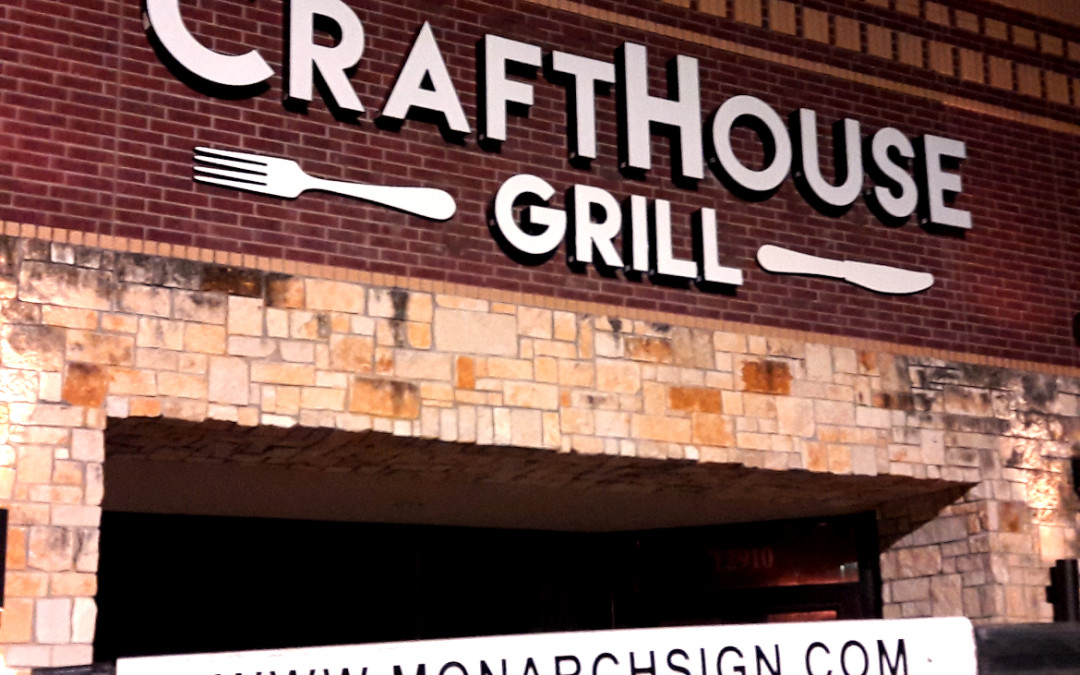
by | Jun 27, 2017 | Industry News
For every business sign, the goal is to be effective and stand out while still being legible. However, that goal is much easier stated than achieved. While it takes a lot of planning and some considerations, the goal is achievable. The big three to keep in mind are legibility, clarity and visibility. For legibility, the biggest aspect is finding the right font. For clarity, you will need a mix of good space balance and a crisp look. For visibility, it is more focused on how large the letters are and from how far away you are aiming to market. Before starting your design, it’s important to consider how your audience will view your sign. For instance, if you will be marketing to motorists on a highway that is a bit far from the physical location, the font and size choices for channel letter signs will differ from those that will be seen from a street that passes by or pedestrians. To best market your business, keep the following principles in mind during design. Letter Case While many type emails in all capital letters to have less strain on their eyes while on the computer, the same should not be true of channel letter signs. Having letters in the same case actually makes signs harder to read. The difference in height and shape makes signs much easier to read as the brain can better differentiate the individual letters from one another. Reading Distance From where will your audience view your sign? If the roadway passes by your location, the letters won’t have to be as high. If you are targeting...
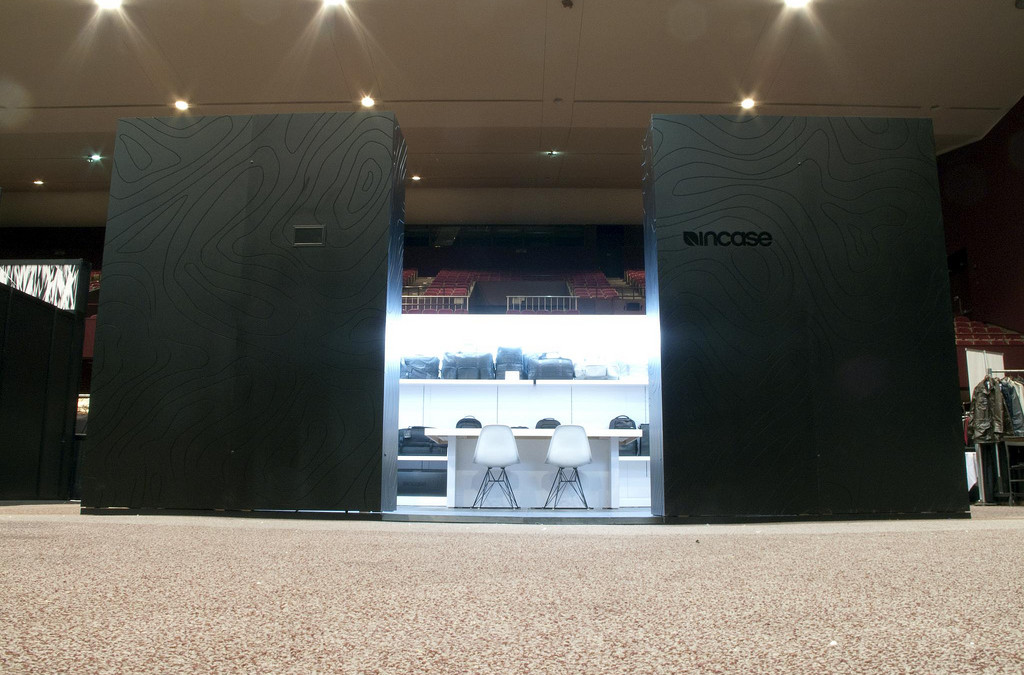
by | Jun 23, 2017 | Industry News
Getting ready for a trade show can feel hectic. From creating an engaging trade show display to how you will interact with attendees, there is a lot to account for. Being ready for the networking opportunities could be as simple as asking yourself the right questions while you prepare. By asking the following questions, you will have a bit of an edge over the competition and attend the event with confidence. Do You Know the City and Venue Where the Event is Being Held? Knowing the rules and regulations of the venue ahead of time will make preparing your booth much easier. It also pays to know the city you will be staying in. These two aspects could wind up saving you money and lead to a more effective budget. By researching the city ahead, you can find the best deals on hotels and other travel arrangements. The rules and regulations of the convention can also save you money. For instance, if a venue does not permit signage above five feet tall in a particular area, you could wind up needing all new signage if you mistakenly make your signs five-and-a-half feet tall. This could be costly and is easy to plan around. Have You Utilized Social Media for the Event? Keeping your existing customer base informed about your event has many benefits. However, the biggest benefit is having people seeking your booth and creating a crowd. In trade shows, crowds beget crowds. This is because psychologically, we assume that a crowd means there is something worthwhile at the booth since others have taken the time to stay. This...
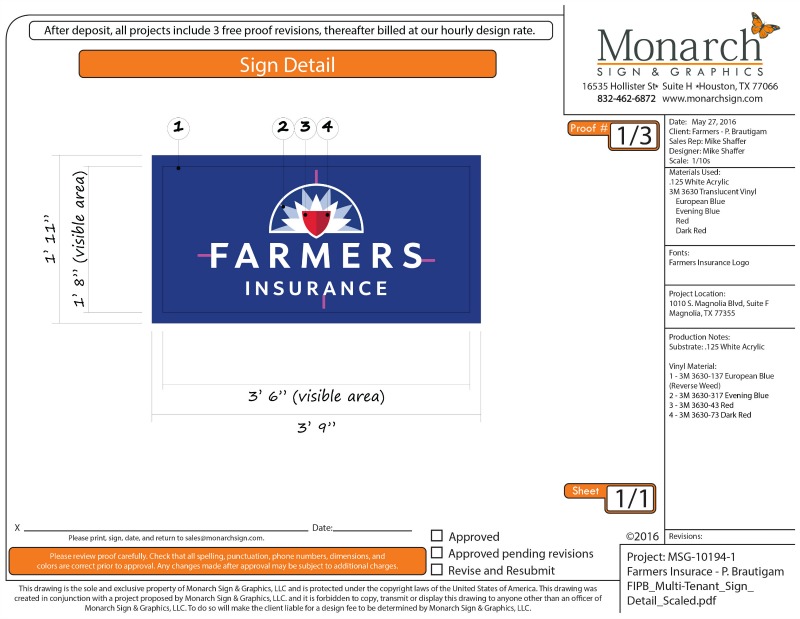
by | May 23, 2017 | Industry News
After designing a sign, a good sign company will send a rendering or proof of the signage. In the proof, it should be a superimposed image of the sign on the building or wall as it will appear in true life. However, many are unsure of what to do with this rendering when it is the first sign they have ordered. Proofs and renderings give a true image of how the sign will look once installed. However, there are some key factors to look at once you receive the proof, and a few tips to ensure you get the sign you designed. What to Look For You have received your proof and it looks great, but what things are you looking for in the image? Spelling. One of the most important things to check is spelling. This is the last chance to make sure everything appears as it should. Having an “a” rather than an “e” is much easier to fix at this stage than later on after the sign has been constructed. Contact Details. If your signage includes your contact information, it’s important to ensure it’s accurate. The wrong number in your extension or a misspelled URL won’t be helpful in gaining customers with your sign. Text Size. Now that you see the sign superimposed onto the building or wall, does the size match what you were hoping for? In some cases, the height could look better in theory than in practice, which is one of the main benefits of a rendering prior to sign creation. Color. Not all renderings include color. If you have specific colors in mind for...
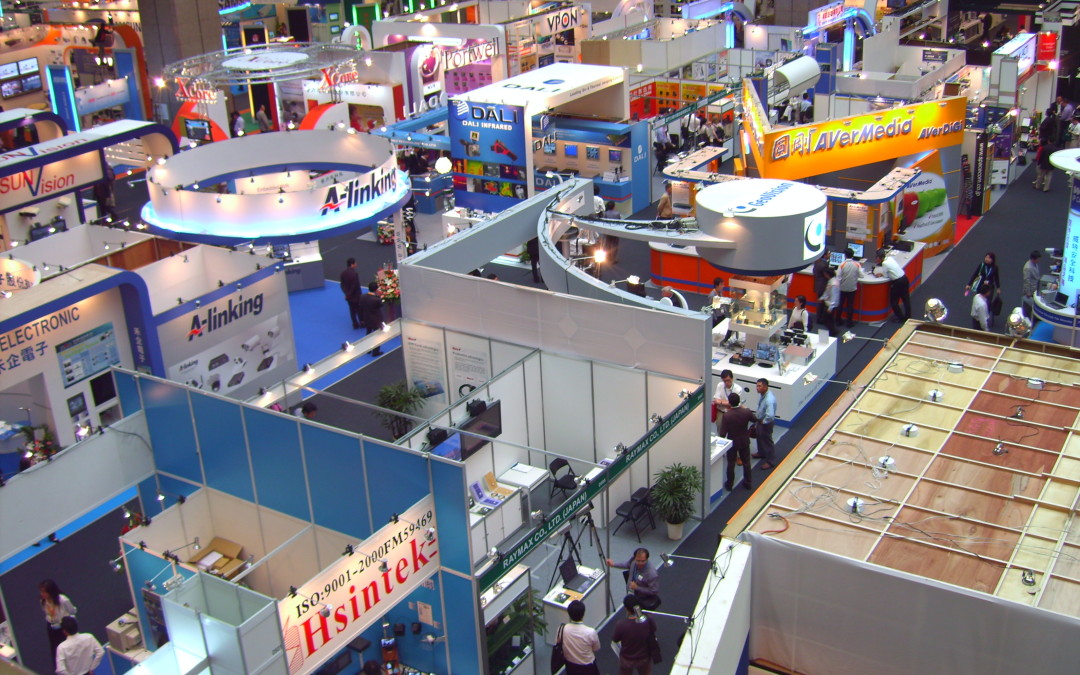
by | May 9, 2017 | Industry News
You may have your design figured out for your trade show display, but the regulations for booths might throw some presenters for a loop. For instance, a booth that is more than 12 feet tall is unlikely to be allowed. While regulations are sure to vary from event to event, there are some rules of thumb that can be followed to ensure you follow the rules of the event. Types of Booths Understanding the rules and regulations of a trade show is easier when you understand the types of booths found at such an event. As the name implies, this is the most common booth style with other booths on each of its sides and its back with 10’ x 10’ of area. At the same size as a standard booth, this type has booths on either side but with a back that is against a wall. This type is any booth that is 20’ x 20’ or larger that has aisles on three sides. Same as a peninsula but is surrounded by aisles on all sides. Height Restrictions For a standard booth, there is typically a restriction of 8’ height for the back of the booth and 4’ feet from the front to 5’ from the back. A perimeter booth has a restriction of 12’ on the back, with the same 4’ restriction for the front of the booth. ADA Requirements Under the Americans with Disabilities Act (ADA), trade booths must be equally accessible to all individuals to provide the same experience to all attendees. This means adding a ramp when the floor is raised. Exhibitors need to...
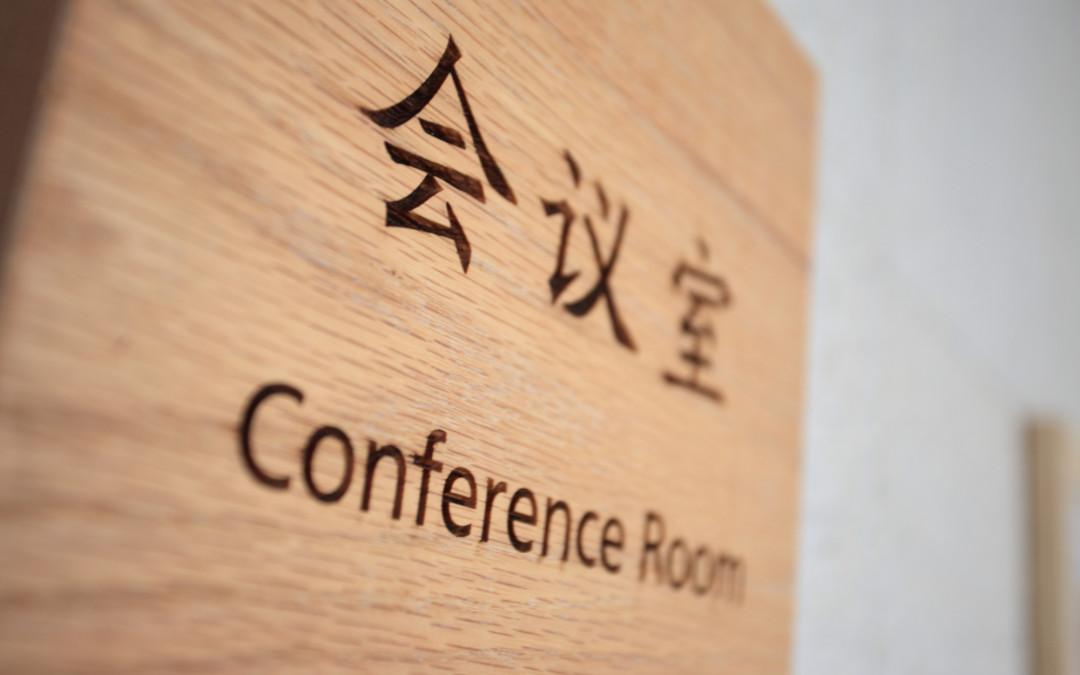
by | May 2, 2017 | Industry News
After painting, furnishing, and decorating a new conference room, you might think your job is done. However, the detail of naming a conference room can go the extra mile in making the space part of your office. While many default to Conference Room B or similarly themed names, having a little creativity can make the room into an extension of your brand. Deciding to use a standard name for your conference room is a missed opportunity in creating more company culture and showing off your creative side. Instead, a few quick tips can lead to an innovative and fun name that reflects your business. Related Theme Your business has its own unique market. Whether you resell computer parts or sell yoga equipment, you have already done the research on your niche. Why not use that research to make a more thematic conference room name? For instance, a company that focuses on car parts can base their conference room name after their own terminology. Calling a conference room you regularly meet in about your online store could be called the Marketplace or the Supply Room. This adds a bit more intrigue while also better describing what is done in that room. Take a Vote The staff of your business was hired for their expertise and innovation. They can use those same skills and also feel they have more of a voice in the culture and workings of the company. This will put more embers in the fire of creativity and lead to a much more creative name. If anyone knows your company and market, it’s the people who work there...
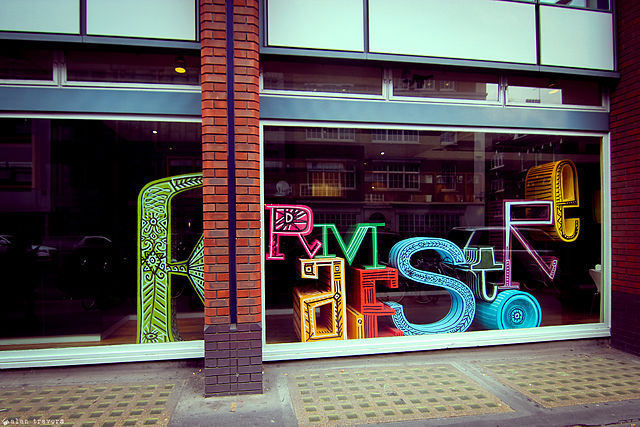
by | Apr 20, 2017 | Industry News
Optimal signage can be as simple as finding the right images to complement your wording. Having graphic images can drive up intrigue and make for a better long-term investment in your business signs. Whether you are adding a logo box to a channel letter sign or designing a lightbox sign, images can communicate a lot about your brand while best utilizing the space you have. Text is important. Having your business’s name easy to find is imperative to bringing customers in that are looking for your location. However, images can be the tool to get potential customers in the door. Someone who is looking to have their computer fixed is far more likely to choose the business with a computer in its sign. This is because it is an obvious and predictable connection. While color, design and shape options are virtually endless, there are some quick tips to make choosing aspects of your signage much easier while remaining on point with your branding specifications. Graphic Images In a study conducted at the University of Cincinnati, there was a poignant survey question regarding signage, aesthetics and the layout of signage. When asked if they prefer signage that uses both words and non-verbal images, symbols or icons, the majority answered they agree (47.9 percent) or that they felt neutral (44.2 percent) with a small margin not preferring such signage (7.9 percent). The study overwhelmingly supports the use of graphics in signage. Graphics Support Clarity Using a graphic image may actually help with signage clarity. Having good clarity is one of the top goals of signage whether you are talking about how...







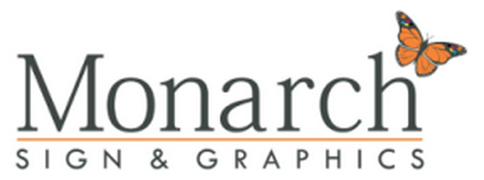


Recent Comments